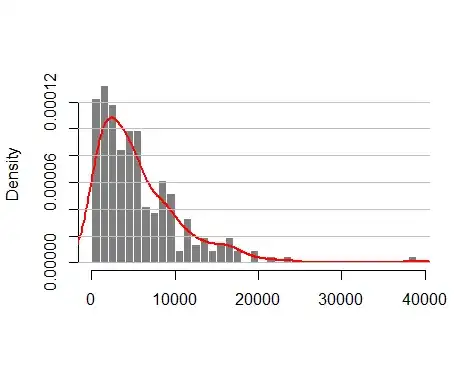I have a data set where the dependent or the response variable is a non-negative and integer variable and exhibits over-dispersion where the variance is greater than the mean. Below is the figure
There exists methods such as Poisson, Negative Binomial (NB) Regression etc to model this kind of data. However, I have been searching for some machine learning or regression tree methods for panel count data which can provide alternatives for Poisson or NB. There exists regression tree methods for panel data such as REEMtree: Regression trees with random effects for longitudinal (panel) data by Sela and Siminoff. But this procedure implements a linear mixed effects model along with the non-parametric procedure of tree building based on CART methodology by Breiman and I am not sure if this is right method to model count data.
My query is, does there exist any machine learning or regression tree procedure to model count/over-dispersed data?
